Home>Garden Essentials>What Do Coneflower Seeds Look Like
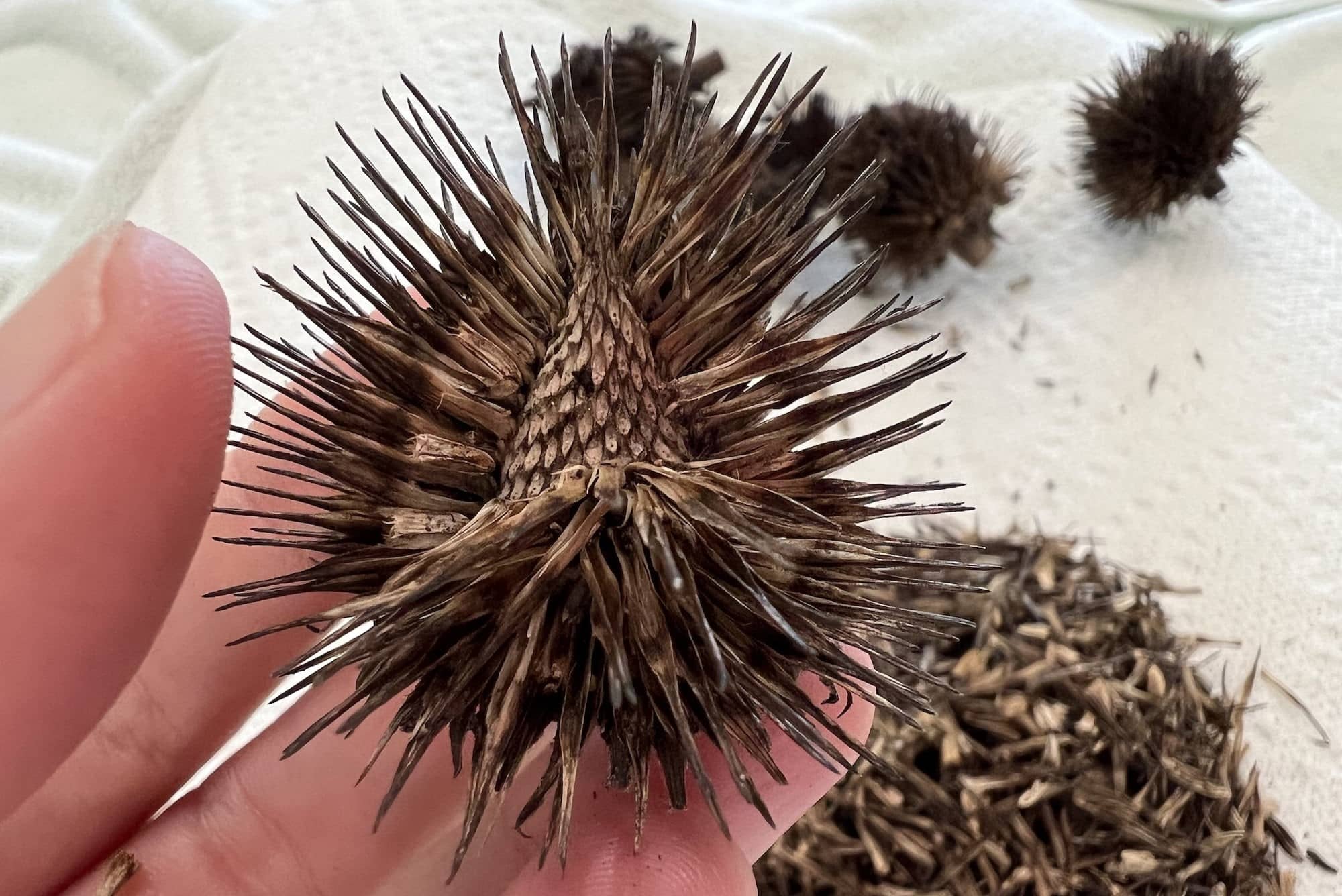

Garden Essentials
What Do Coneflower Seeds Look Like
Modified: May 6, 2024
Discover what coneflower seeds look like and get gardening tips for growing these beautiful flowers in your garden.
(Many of the links in this article redirect to a specific reviewed product. Your purchase of these products through affiliate links helps to generate commission for Storables.com, at no extra cost. Learn more)
Introduction
Welcome to the exciting world of gardening! If you’re a gardening enthusiast, you probably know how rewarding it is to grow and nurture different plants. One plant that is beloved by many gardeners is the coneflower (Echinacea). Not only does it add a pop of vibrant color to your garden, but it also attracts pollinators and has numerous health benefits.
While coneflowers are primarily grown for their beautiful flowers, have you ever wondered what their seeds look like? In this article, we will explore the characteristics of coneflower seeds, including their color, size, texture, and shape. Understanding these details can help you successfully sow and propagate coneflowers, whether you want to expand your garden or share these delightful plants with friends.
So, let’s dig in and take a closer look at the fascinating world of coneflower seeds!
Key Takeaways:
- Coneflower seeds are small, dark, and slightly curved, making them easy to handle and sow. Their smooth texture and weightiness aid in efficient germination and successful growth.
- Understanding the characteristics of coneflower seeds is crucial for successful cultivation. From their color and size to their texture and shape, these small wonders hold the potential for vibrant beauty in your garden.
Read more: What Do Beet Seeds Look Like
Characteristics of Coneflower Seeds
Coneflower seeds are small marvels of nature, packed with potential life and beauty. These seeds possess several distinct characteristics that make them unique and easily identifiable.
Color: Coneflower seeds are typically dark in color, ranging from shades of dark brown to black. This dark coloration helps the seeds absorb and retain heat, aiding in their germination process. It also acts as a protective layer, shielding the delicate embryo inside from external factors.
Size: When it comes to size, coneflower seeds are relatively small. On average, they measure around 2 to 4mm in length. Their compact size makes them easy to handle, sow, and store.
Texture: The texture of coneflower seeds is smooth and somewhat shiny. Although they may appear matte at first glance, a closer look reveals a subtle sheen. This texture allows the seeds to glide smoothly through the soil, promoting efficient germination.
Shape: Coneflower seeds are oblong and slightly curved, resembling a miniature football. This elongated shape helps the seeds penetrate the soil and anchor themselves securely for successful germination.
Hardness: While the outer layer of the seed may appear hard, it is actually quite permeable. This porosity allows water and gases to pass through, facilitating the germination process. In other words, the seeds strike a perfect balance between protection and accessibility, ensuring the embryo has the necessary resources to grow.
Weight: Despite their small size, coneflower seeds have a surprising weight to them. This weightiness is due to the dense nutrients packed inside the seed, providing the embryo with the energy it needs to sprout and establish itself.
Viability: It’s worth noting that coneflower seeds have a relatively high rate of viability, meaning that a good percentage of them are capable of germinating and producing healthy plants. This is great news for gardeners as it increases the chances of successful propagation.
Now that we’ve familiarized ourselves with the characteristics of coneflower seeds, it’s time to explore their color and size in more detail.
Color and Size of Coneflower Seeds
The color and size of coneflower seeds are important aspects to consider when handling and sowing them. Understanding these characteristics can help you identify healthy seeds and ensure proper planting and germination.
Color: Coneflower seeds are typically dark in color, with shades ranging from deep brown to black. This dark coloration serves multiple purposes. Firstly, it aids in heat absorption, which is crucial for the germination process. The darker color allows the seeds to retain heat from the sun, creating an optimal environment for growth. Additionally, the dark coat acts as a protective layer, shielding the delicate embryo from potentially harmful external factors, such as sunlight and moisture.
Size: Coneflower seeds are relatively small, measuring around 2 to 4mm in length. Their diminutive size makes them lightweight and easy to handle, sow, and store. When sowing coneflower seeds, it’s important to sow them at the appropriate depth to ensure successful germination. Placing the seeds too deep in the soil may hinder their ability to sprout, while sowing them too shallow may expose them to potential damage or disruption. As a general guideline, sow coneflower seeds at a depth of about 1/8 to 1/4 inch.
It’s worth noting that coneflower seeds may vary slightly in size and color depending on the specific variety or cultivar. Some varieties may have larger seeds, while others may have slightly lighter or darker shades. However, these differences are generally minor and do not significantly impact the overall germination and growth of the plants.
When harvesting coneflower seeds from your garden or obtaining them from a reputable source, it’s important to ensure that the seeds are ripe and fully matured. This is crucial for optimal germination as immature seeds may not have developed enough to sprout successfully. Ripe coneflower seeds are usually easy to identify, having a dark and firm appearance. Avoid collecting seeds that are small, pale, or still green, as these are likely not fully matured and may have lower germination rates.
Now that we’ve explored the color and size of coneflower seeds, let’s continue our journey by delving into their texture and shape.
Coneflower seeds are small, dark brown or black in color, and have a slender, elongated shape. They are often slightly pointed at one end and may have a wrinkled texture.
Texture and Shape of Coneflower Seeds
The texture and shape of coneflower seeds play a crucial role in their overall viability and successful germination. By understanding these characteristics, you can better handle and plant your coneflower seeds to ensure optimal growth and development.
Texture: Coneflower seeds have a smooth and slightly shiny texture. At first glance, they may appear matte, but upon closer inspection, you’ll notice a subtle sheen. This smooth texture allows the seeds to glide easily through the soil, promoting efficient penetration and anchoring for germination. The smooth surface also helps the seeds retain moisture and absorb water more effectively, aiding in the germination process.
Shape: Coneflower seeds have an oblong shape, somewhat resembling a miniature football. They are slightly curved, with rounded ends. This shape is well-suited for their dispersal and implantation in the soil. The curved shape aids in the efficient anchoring of the seeds, ensuring they remain securely in the ground during germination. The elongated form also enables the seeds to easily penetrate the soil surface and establish a firm foothold for subsequent growth.
Additionally, the shape of coneflower seeds contributes to their ability to disperse naturally. As the seed heads of coneflowers dry out, they begin to release their seeds. The curved shape of the seeds allows them to be scattered by the wind or carried by other natural means to new locations, facilitating the expansion of coneflower populations.
It’s important to note that the texture and shape of coneflower seeds are relatively consistent across different varieties and cultivars. While there may be slight variations in size and color, the smoothness, curvature, and overall shape remain relatively constant.
Now that we’ve explored the texture and shape of coneflower seeds, let’s move on to understanding the germination and growth process of these remarkable seeds.
Germination and Growth of Coneflower Seeds
Understanding the process of germination and growth is essential for successfully cultivating coneflower seeds. Let’s delve into the intriguing journey these seeds embark upon to sprout and develop into beautiful coneflower plants.
Germination: To initiate germination, coneflower seeds require specific environmental conditions. These conditions typically include a moist, well-draining soil and a temperature range between 60°F and 70°F (15°C to 21°C). Sow the seeds at a depth of about 1/8 to 1/4 inch in the soil and gently firm the soil to ensure good seed-to-soil contact.
After sowing, the seeds need consistent moisture for successful germination. Keep the soil evenly moist, but avoid overwatering, as excess moisture can lead to rot and fungal diseases. Germination usually occurs within 10 to 20 days, but it may vary depending on environmental factors and seed quality.
Once the germination process begins, the seed coat softens, and the embryo inside swells and starts to push through the soil surface. Initially, a pair of tiny cotyledon leaves emerges, followed by the development of true leaves. These leaves are typically green and lance-shaped, similar to the leaves of mature coneflower plants.
Growth: As the coneflower seedling continues to grow, it establishes a strong root system to support its upward growth. The root system expands and develops fine root hairs, allowing the seedling to efficiently absorb water and nutrients from the soil. This robust root system is essential for the plant’s overall health and stability.
As the coneflower plant continues to mature, it sends up sturdy stems adorned with beautiful and colorful flower heads. These flower heads consist of vibrant petals surrounding a central cone, which gives the coneflower its name. The flowers attract pollinators such as bees and butterflies, playing a vital role in the plant’s reproductive cycle and contributing to biodiversity in your garden.
Coneflowers are known for their long-lasting blooms, providing a stunning display of color throughout the summer months. As the flowers fade, they may develop seed heads containing the next generation of coneflower seeds. These seed heads can be left on the plant to mature fully, allowing you to collect the seeds for future propagation.
By providing adequate sunlight, regular watering, and occasional fertilization, coneflower plants will continue to thrive and produce an abundance of flowers year after year.
Now that we’ve explored the intriguing journey of coneflower seeds from germination to growth, let’s conclude our article with a summary of the key takeaways.
Read more: What Do Cardamom Seeds Look Like
Conclusion
Coneflower seeds are small wonders that hold the potential for vibrant, pollinator-attracting beauty in your garden. Understanding the characteristics of coneflower seeds, such as their color, size, texture, and shape, is crucial for successful cultivation and propagation.
These seeds typically have a dark color, ranging from deep brown to black, which helps with heat absorption and protects the embryo. They are relatively small in size, making them easy to handle and sow at the appropriate depth in the soil for optimal germination.
The smooth and slightly shiny texture of coneflower seeds allows for efficient penetration into the soil while retaining moisture for successful growth. Their oblong and curved shape aids in anchoring the seeds securely in the soil and facilitates their natural dispersal.
Germinating coneflower seeds requires the right environmental conditions, including moist soil and moderate temperatures. Once they sprout, coneflower seedlings develop a strong root system and grow into beautiful plants with enchanting flower heads. Regular care, including watering, fertilizing, and providing adequate sunlight, will ensure the continued growth and blooming of coneflower plants.
Collecting and storing mature coneflower seeds from the seed heads allows you to propagate new plants and share the beauty of coneflowers with others.
So, as you embark on your gardening journey, don’t forget to explore the fascinating world of coneflower seeds. Witness the marvel of their germination, experience the joy of their growth, and enjoy the vibrant beauty they bring to your garden year after year.
Happy gardening!
Curious about costs beyond coneflower seeds? Our comprehensive guide on flower seeds will help you plan your gardening budget more effectively. And if you're contemplating a fresh look for your garden, don't miss our creative compilation of garden fence ideas that might spark your inspiration for the next outdoor project. Both articles are packed with practical advice and exciting suggestions to enhance your green space.
Frequently Asked Questions about What Do Coneflower Seeds Look Like
Was this page helpful?
At Storables.com, we guarantee accurate and reliable information. Our content, validated by Expert Board Contributors, is crafted following stringent Editorial Policies. We're committed to providing you with well-researched, expert-backed insights for all your informational needs.
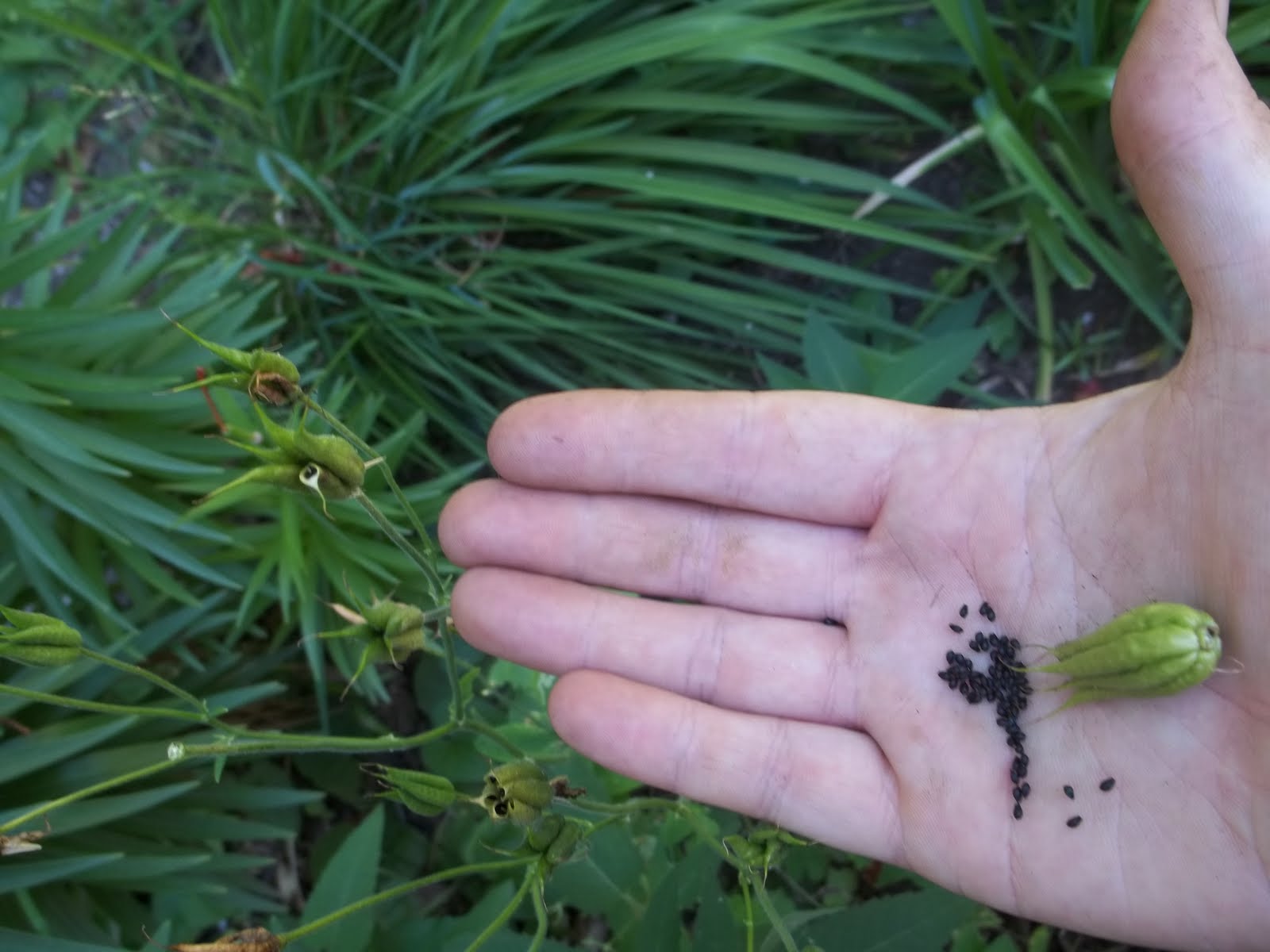
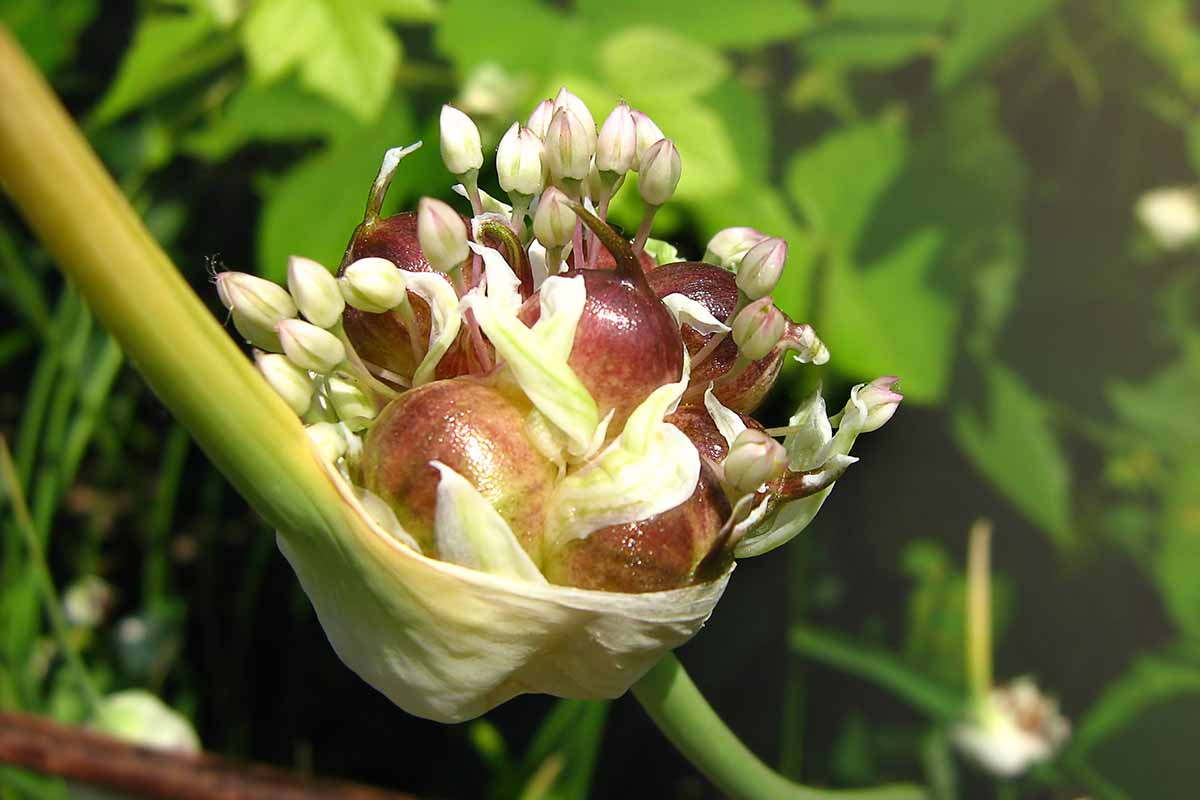
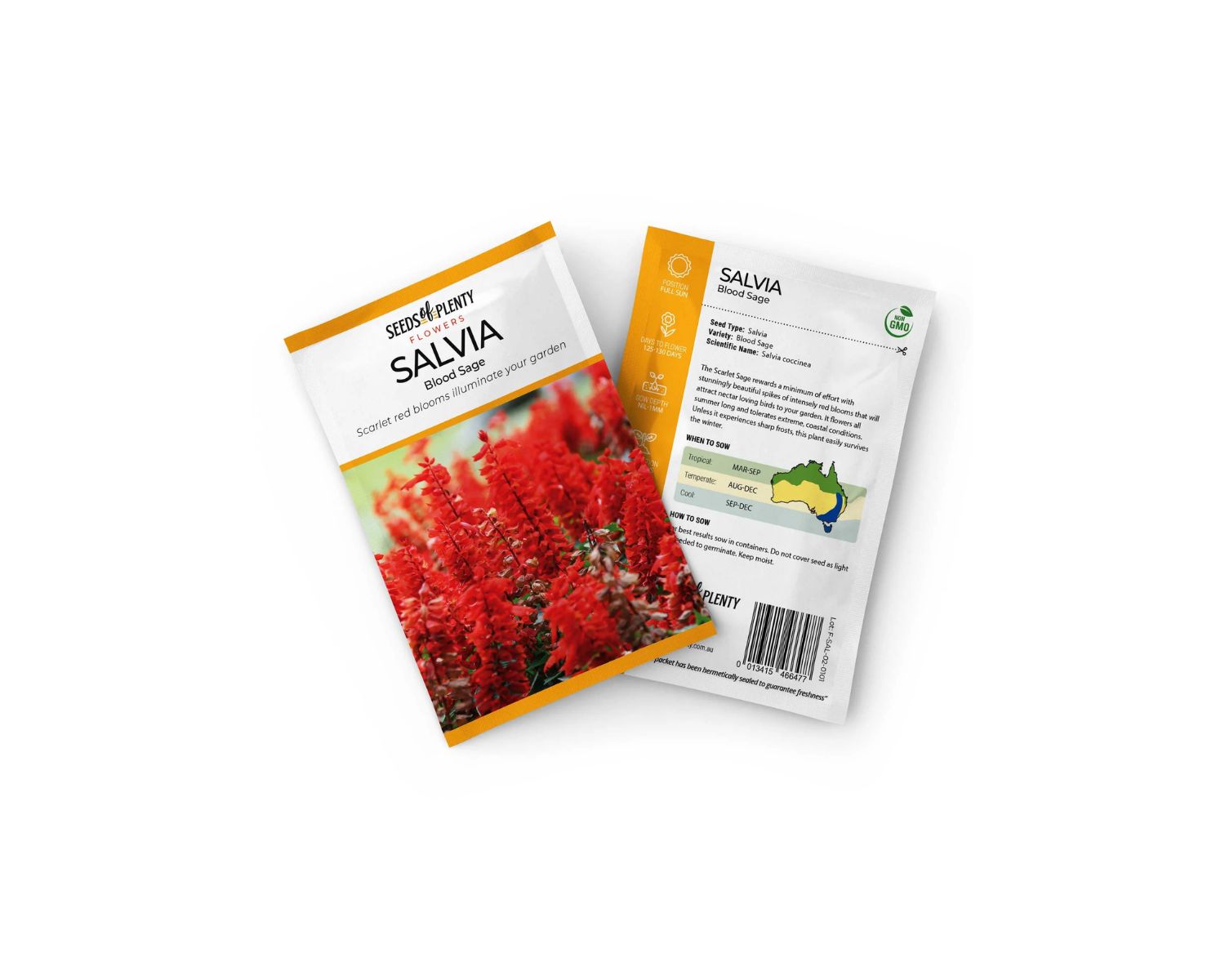
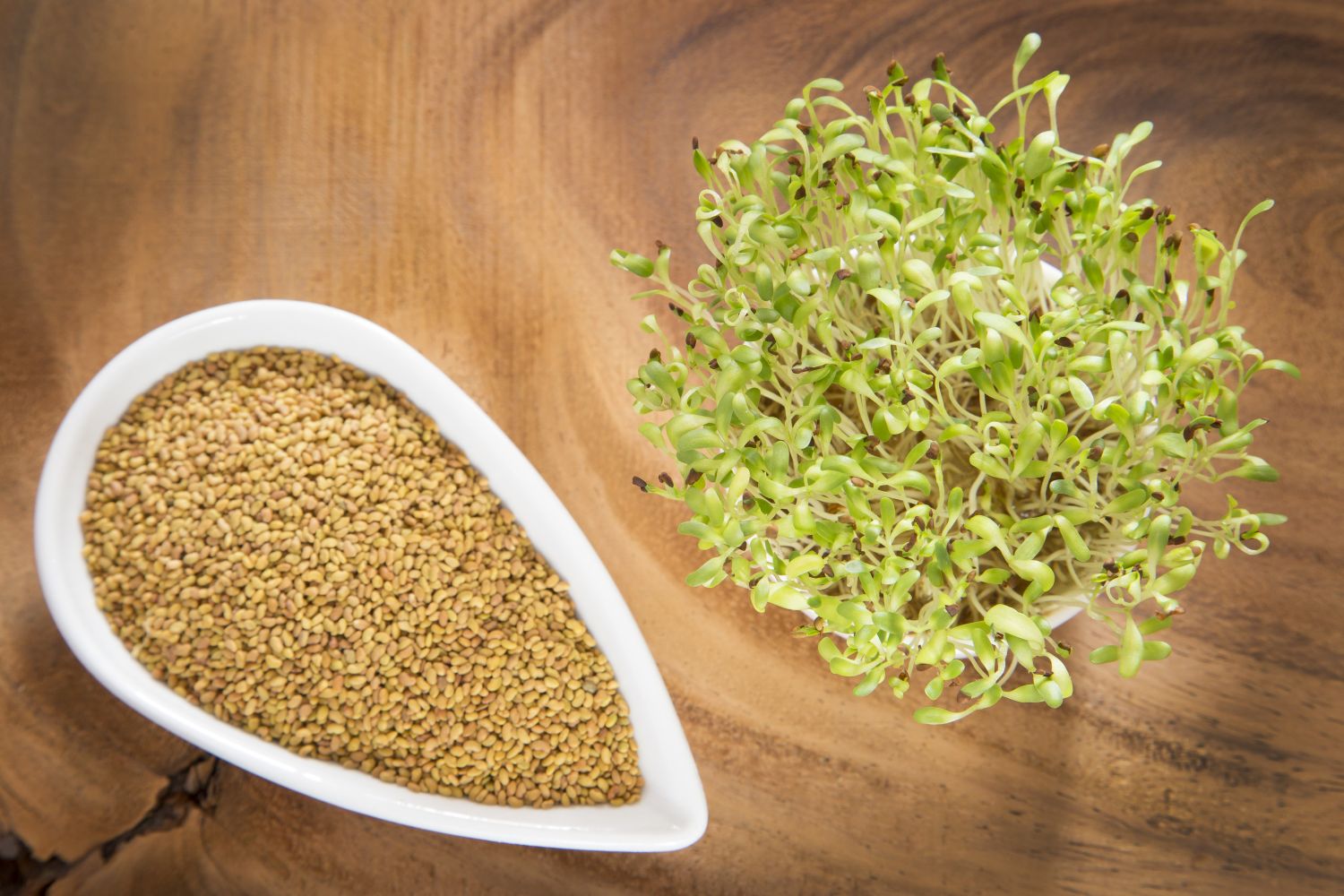
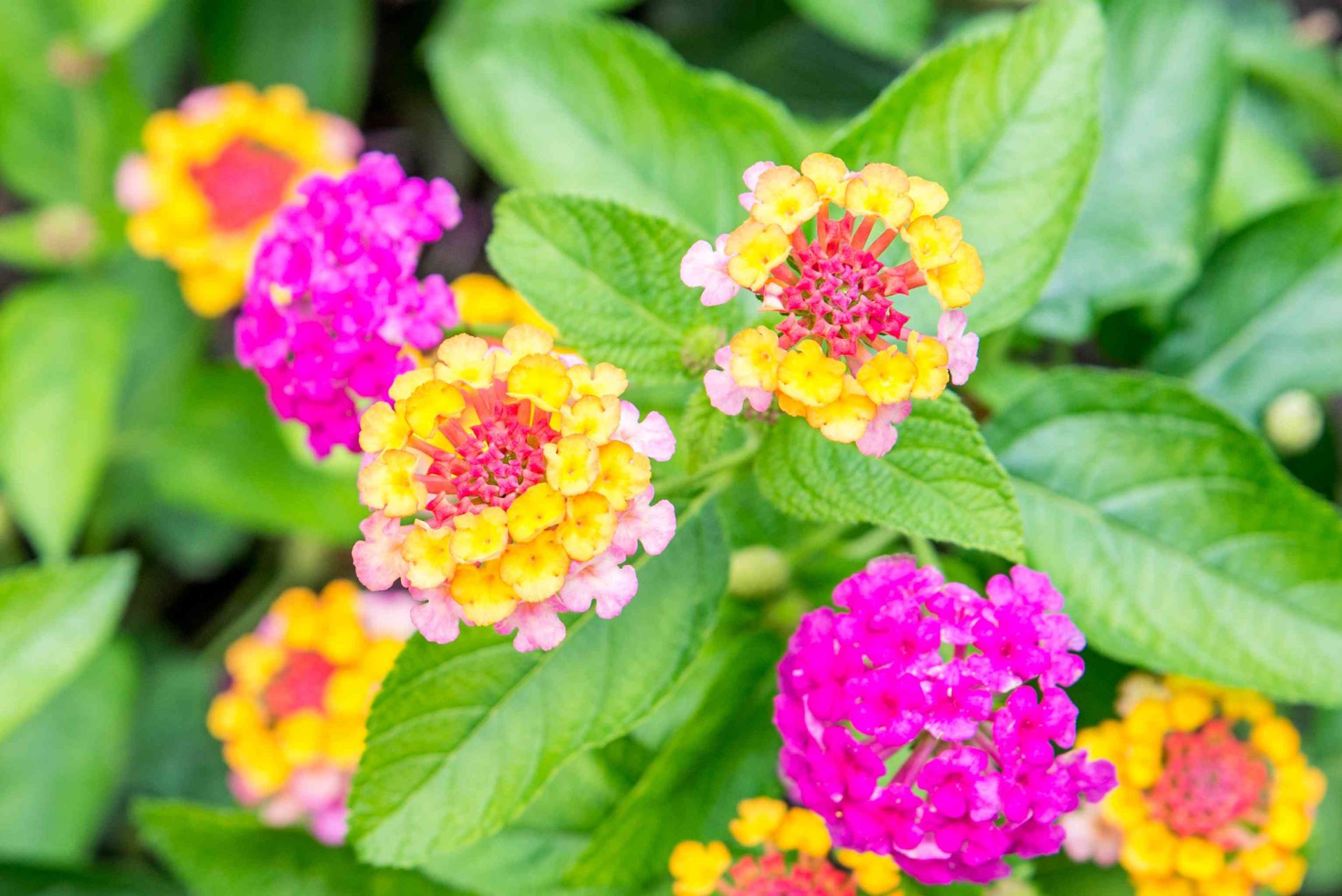
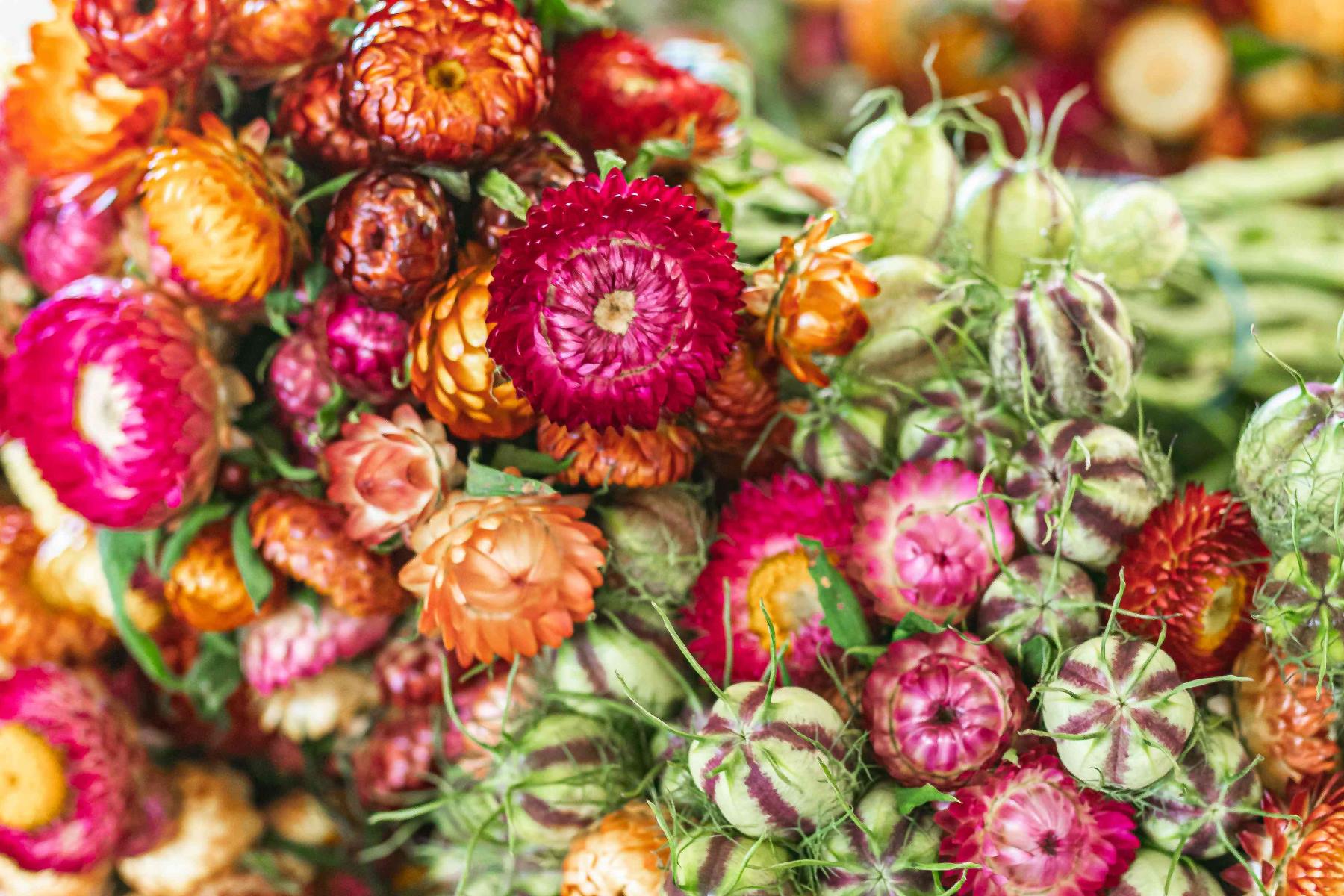
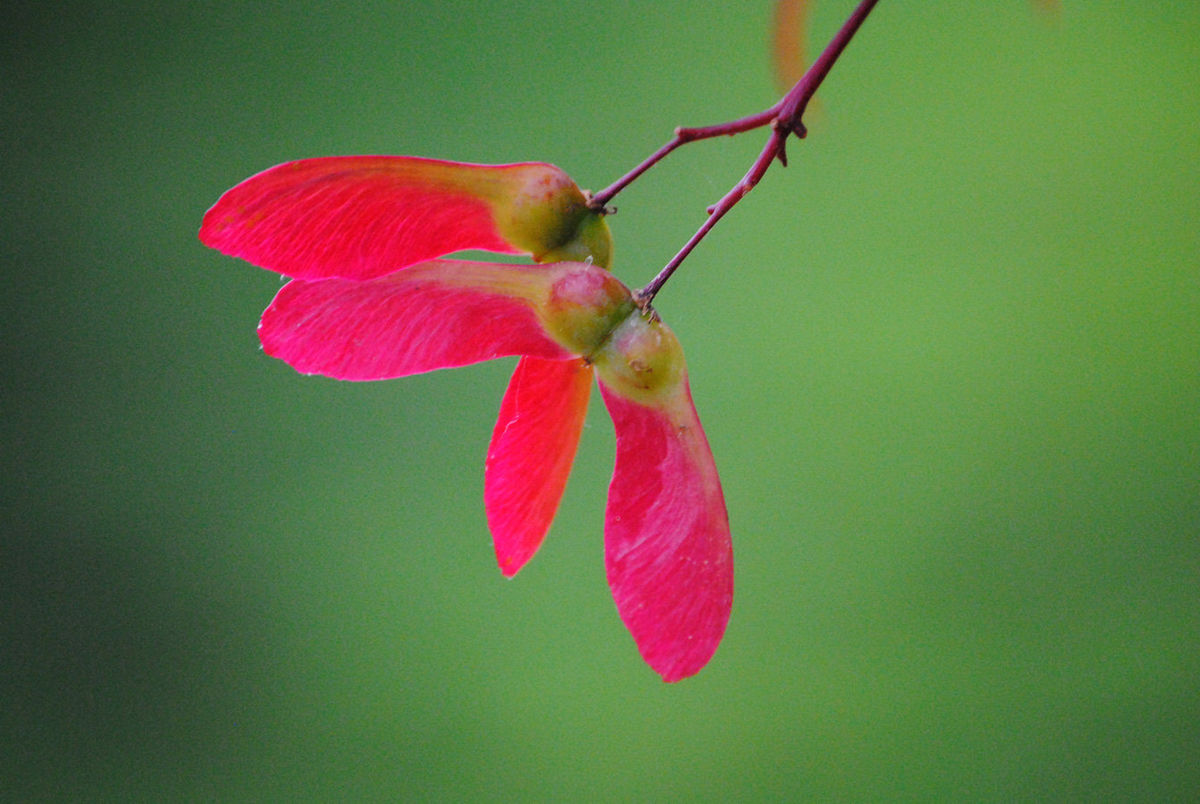
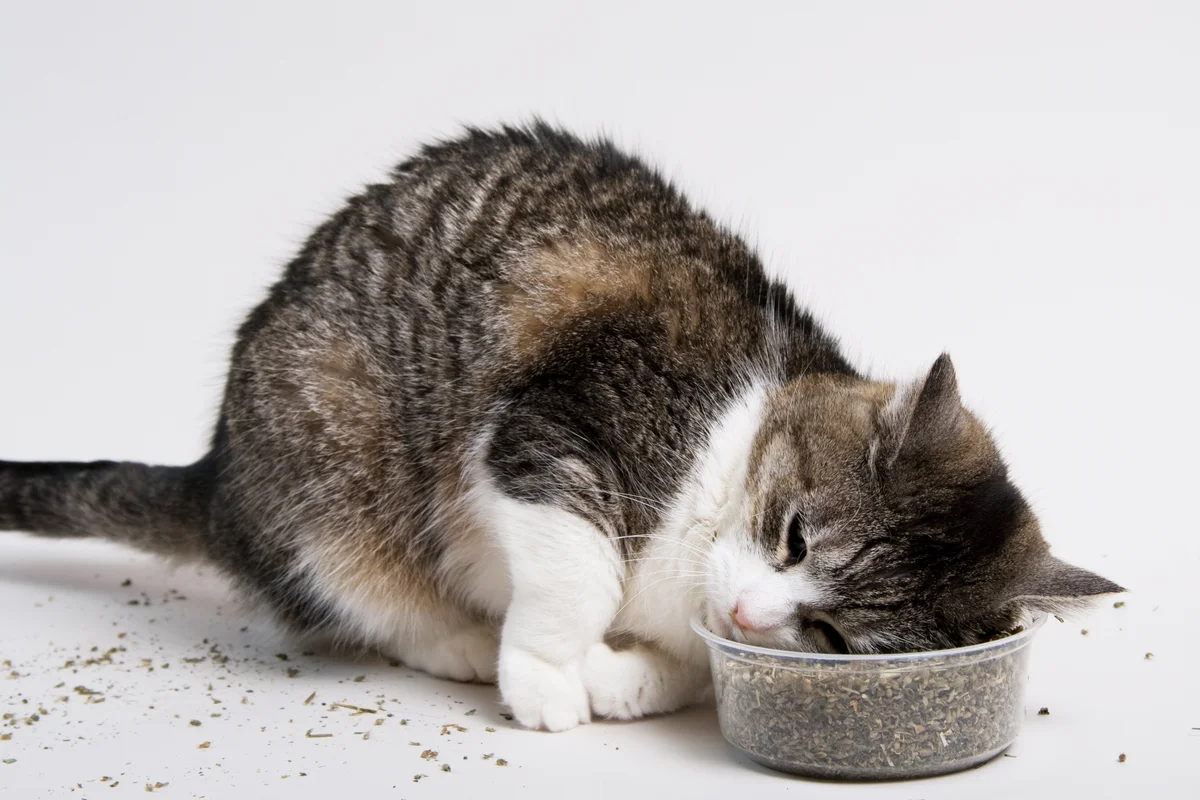
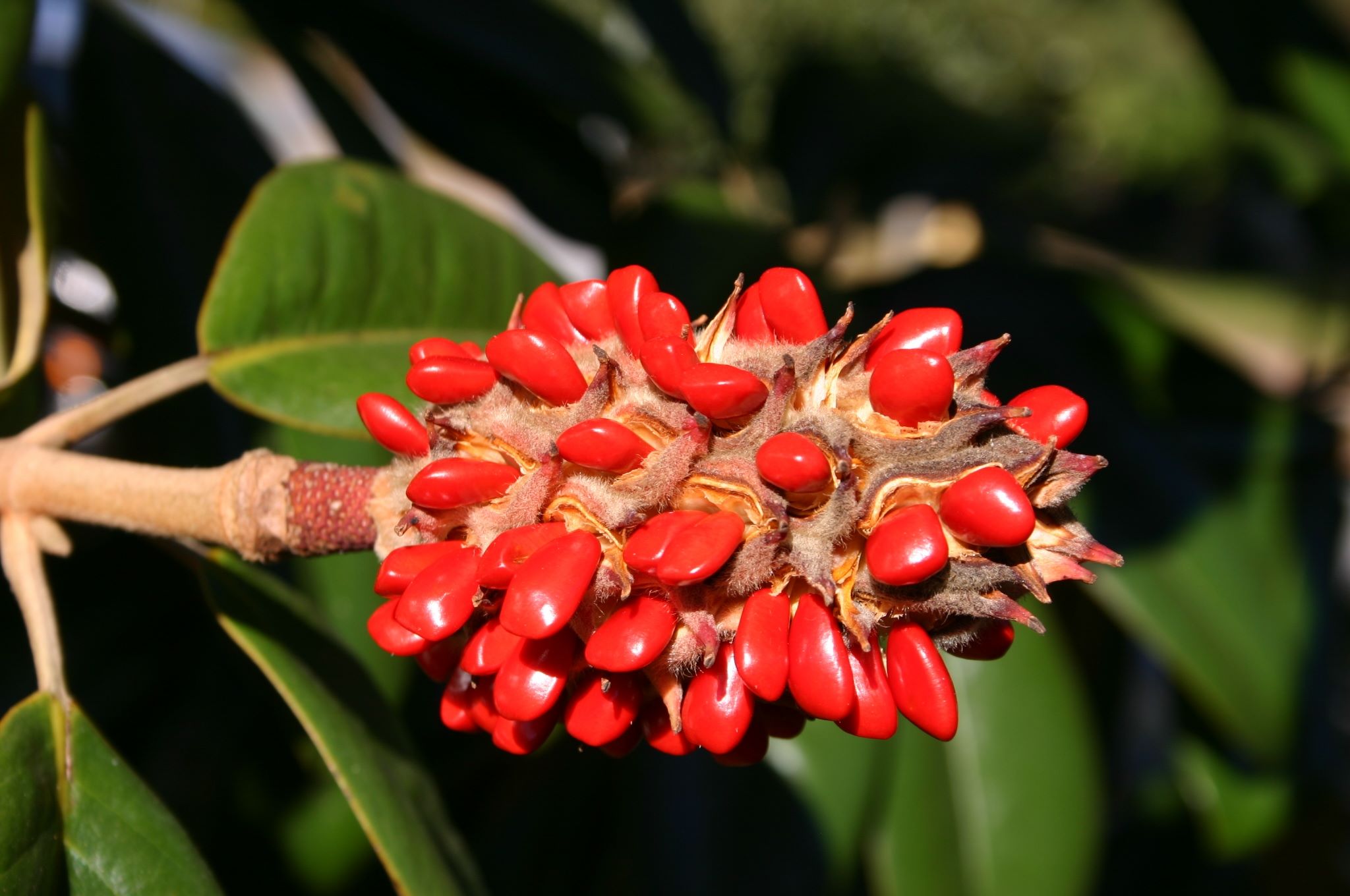
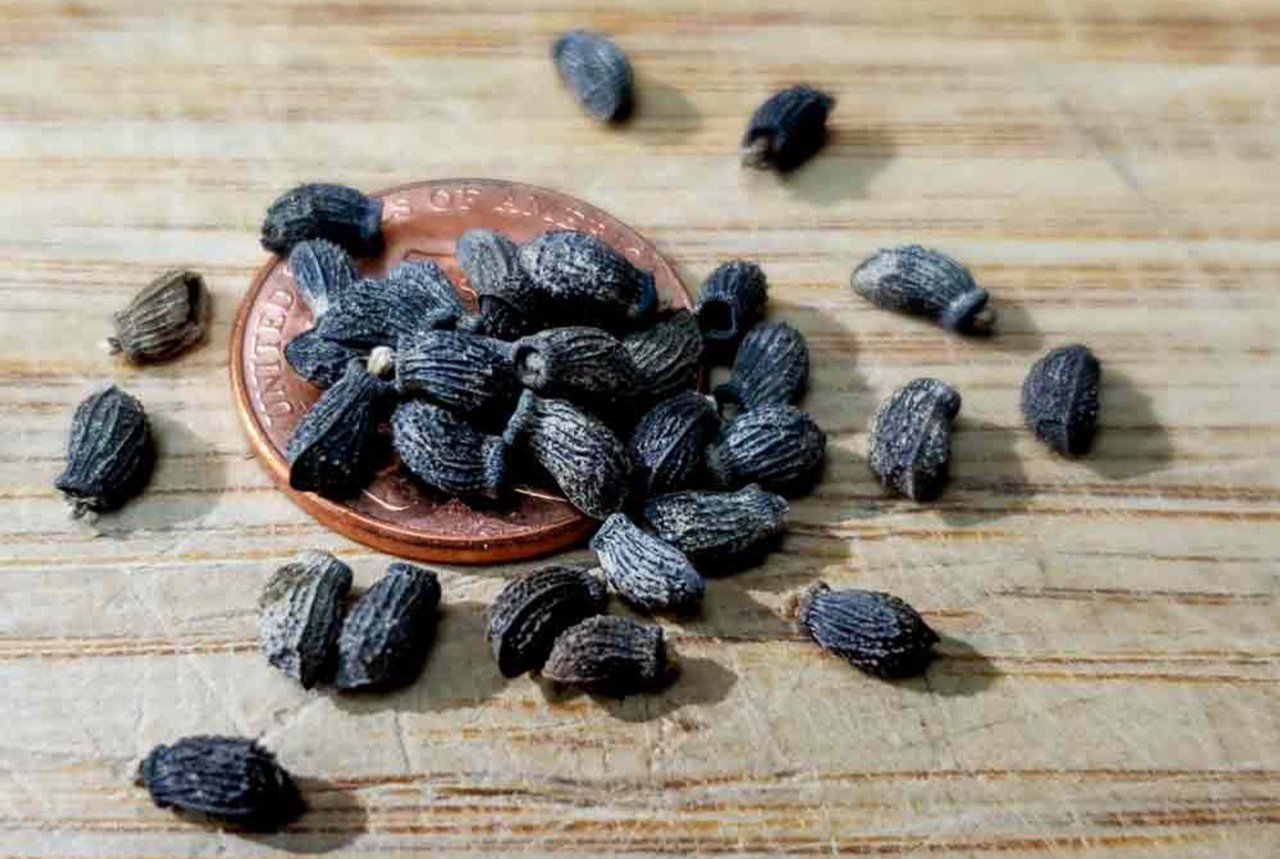
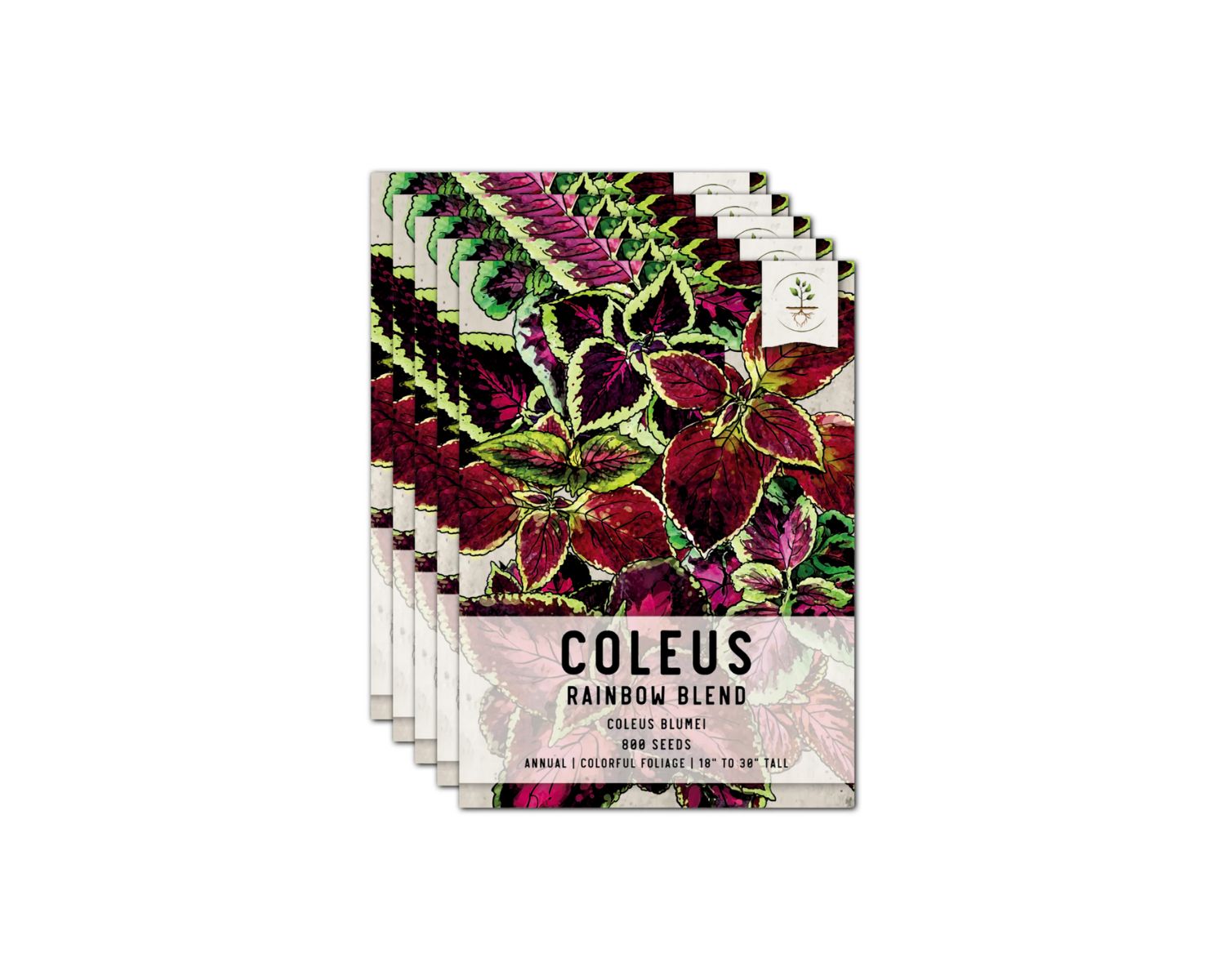
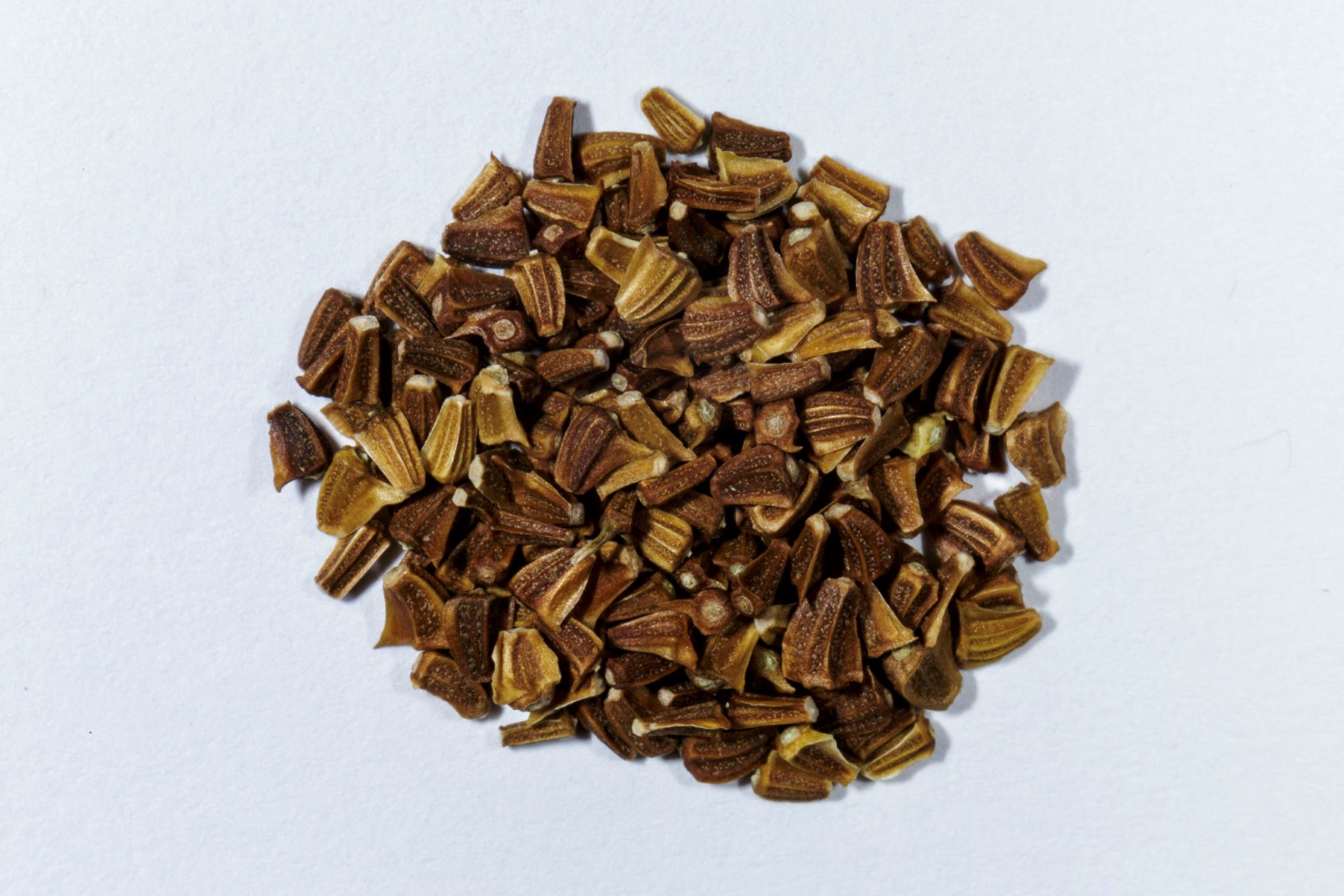
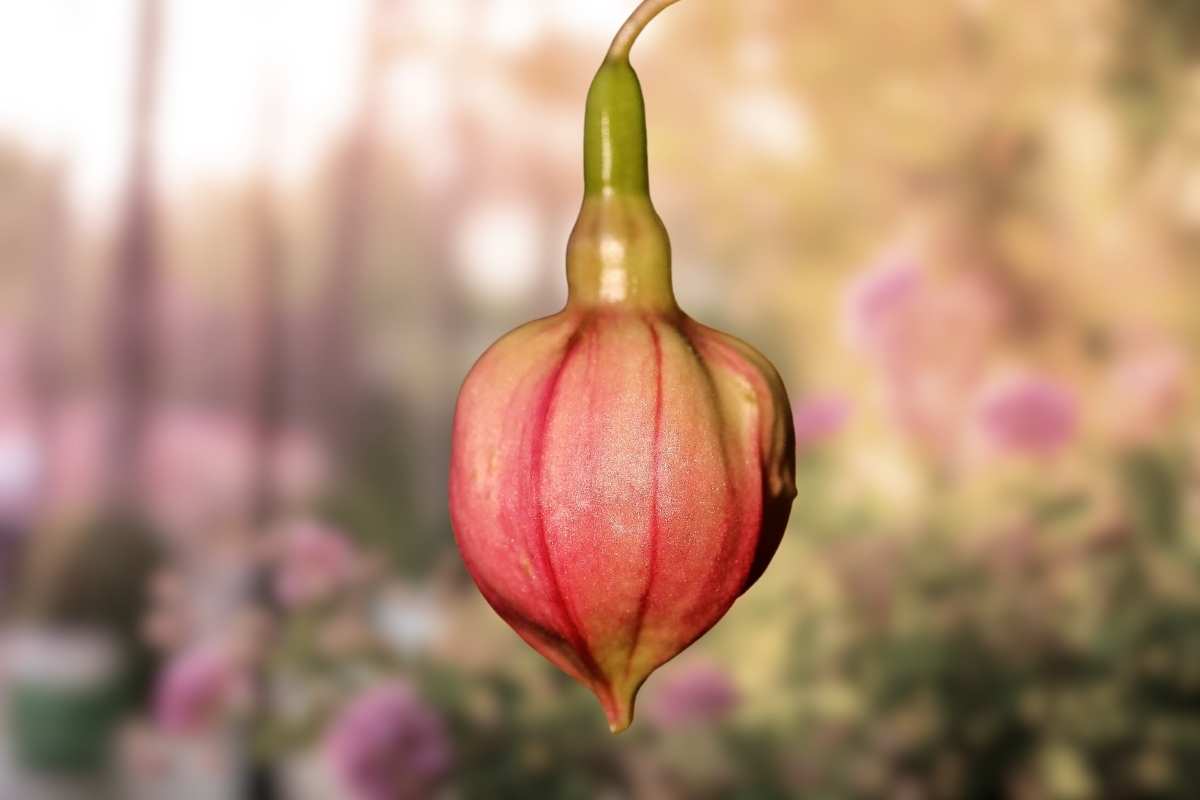
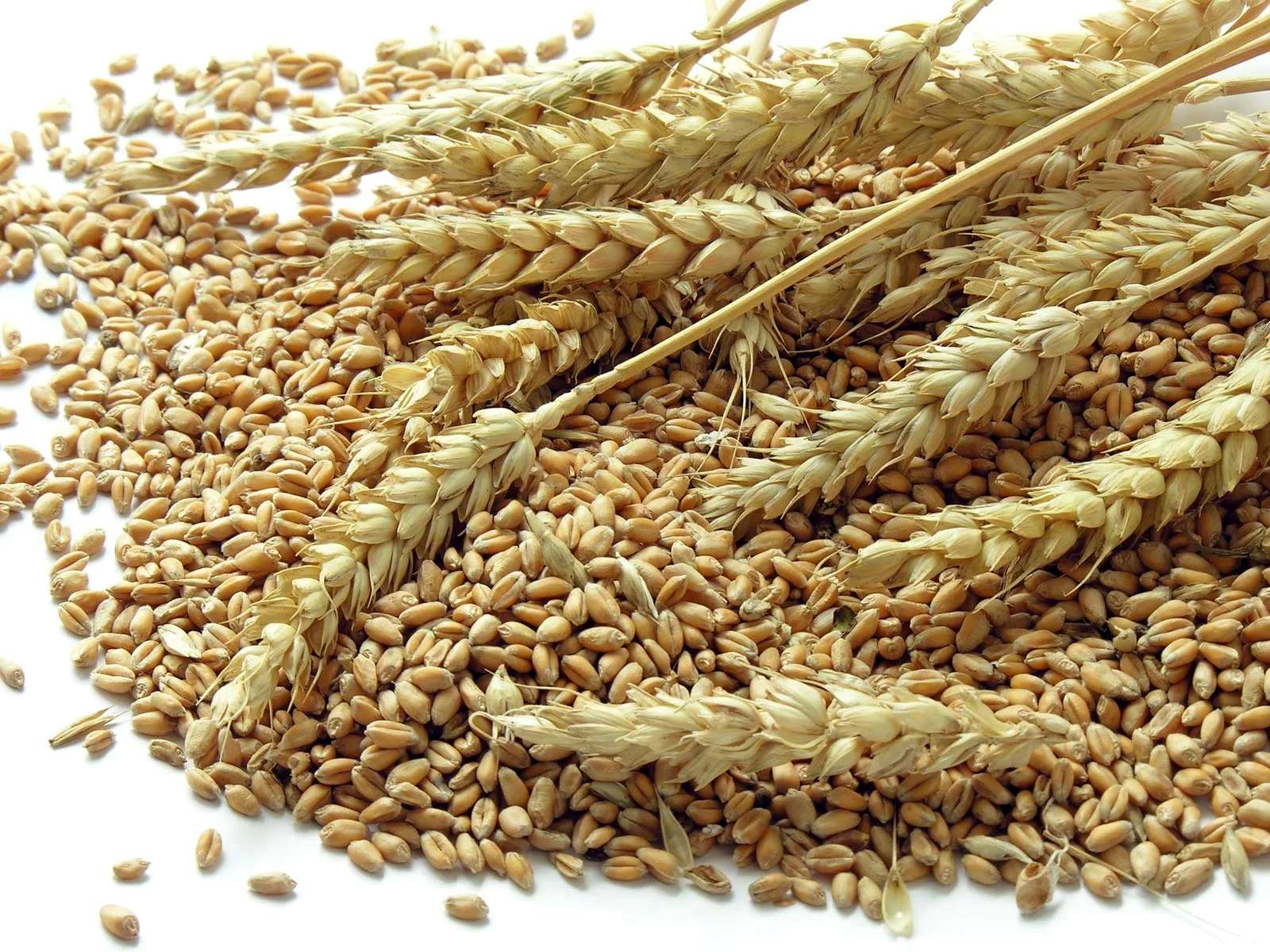

0 thoughts on “What Do Coneflower Seeds Look Like”